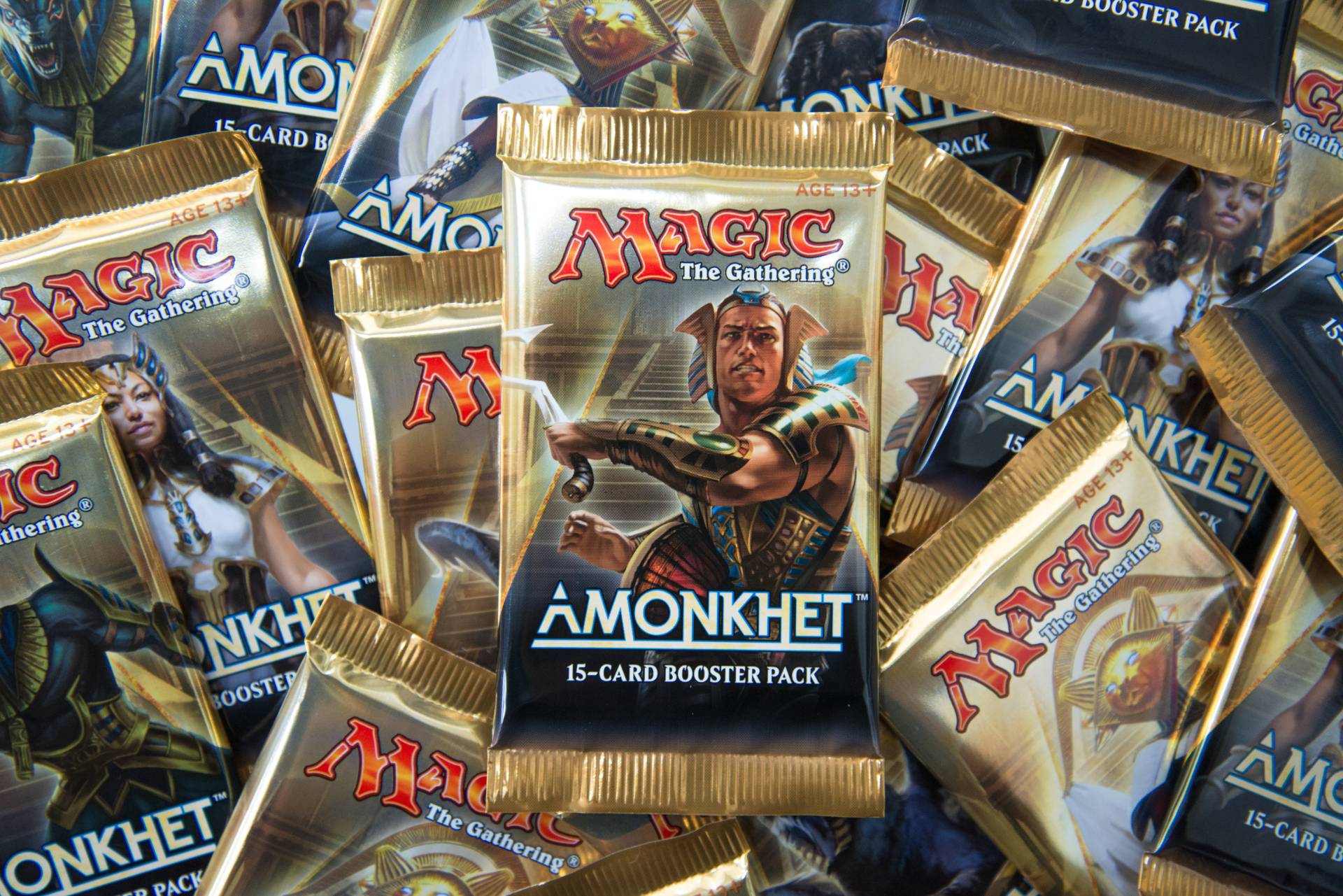Magic the Gathering Publisher Scrambles to Distract From Allegations of Culture of Racism at Company

Wizards of the Coast, the company that published Magic the Gathering and Dungeons & Dragons, wants you to believe that they’re a forward-thinking, liberal and inclusive company. They’ve sold shirts with their games’ logos for pride, they’ve made a very public effort to increase the diversity of the characters represented in their games and they’ve very publicly told anyone who doesn’t like their changes meant to make people of all creeds, colors, and genders feel welcome to pound sand.
What they haven’t done in all that time was to hire any black people. A few days ago Magic personality, Zaiem Beg, posted an essay detailing the culture inside Wizards of the Coast, and it was not pretty. Beg took issue with the idea that Wizards was trying to do the right thing because look at how much they say diversity and painted a picture of a toxic corporate culture that would find any excuse to not hire black people to creative positions.
Or the time a black person interviewed at Wizards and started off the interview being told “I’ve never had this many internal recommendations for a candidate before” then three minutes later, “you’re not really a culture fit here.”
In fact, as far as anyone can tell, Wizards of the Coast has never hired a black person to be a game designer, competitive play broadcaster or writer for either Magic or D&D.
And then there are black magic artists. As I mentioned, Wizards has gone out of their way to showcase black characters in Magic, like the fan-favorite character Teferi who was recently brought back after not featuring in the game for a decade or so, but those characters are painted, by and large, by white artists.
In fact, in the middle of the global civil rights protests, controversial Magic Hall of Fame player Eric Froehlich asked for the names of black MtG artists he could support by buying original art; Magic artists get to keep their original artwork and selling it, as well as prints on things like playmats and t-shirts, can make up a large part of their income, more than they get paid for producing the artwork in the first place.
Here’s where things get interesting; there’s like two black artists in the entire 27-year history of the game, Marco Nelor and Ernanda Souza. Nelor said he’s heard there may be as many as four black artists, but no one seems to know the names of the other two. There are over 20,000 different Magic cards, many of which have multiple printings. Each of the four regular Magic sets released each year has between 15 and 25 cards that are essentially just landscapes; you’re telling me that over the course of 27 years, they couldn’t find one black landscape painter? I don’t believe you can commission 20,000 pieces of artwork over the course of 27 years and only hire two black artists without doing it intentionally.
There’s also the matter of the “face” of Magic the Gathering, the main character, so to speak, the character who will be the main character in the upcoming Netflix series, Chandra Nalaar. The fiction writers for Magic revealed, over the course of a long series of stories, that Chandra was bisexual and had feelings for another female character called Nissa Revane. And then Wizards stepped in and made it clear in the culmination to those stories that Chandra’s feelings were purely platonic because while say they want gay characters in Magic, they obviously don’t want gay main characters in Magic, only minor characters you see once every five years or so.
They largely tried to pin this decision on writer Greg Weisman, who denied it as unambiguously as someone under an NDA can possibly deny it. Anyone familiar with Greg’s work on Gargoyles and Young Justice knows this wouldn’t be the decision he would have made.
How did Wizards respond to accusations that they have a toxic, racist corporate culture that actively seeks to keep people of color out of the company while performatively adding “diverse” characters to create a veneer of wokeness? They banned some cards from the early days of Magic that could be perceived as racist, and some of them were a real stretch.
One of these cards had been causing trouble for years that the company entirely ignored. It’s a card called Invoke Prejudice that features hooded, KKK-looking characters, was drawn by an avowed white supremacist and coincidentally had the internal ID number 1488, which is a white supremacist code word. All people wanted was for Wizards to change the ID number, which is only seen when you look up the card on their website, something it turns out they could easily do in a matter of minutes despite the fact that they have known about the issue for years.
Most of the cards never saw play, even when they were new, but one, Crusade, is one of the most iconic cards from the early days of Magic, saw play in top decks for years and is still used by players today. No one ever asked for Crusade to be banned or said it was racist, but that was the distraction Wizards chose to avoid addressing the actual racism they’re accused of that’s ongoing today.
Personally, I’ll take my Crusades out of my deck when Wizards hires a black game designer.